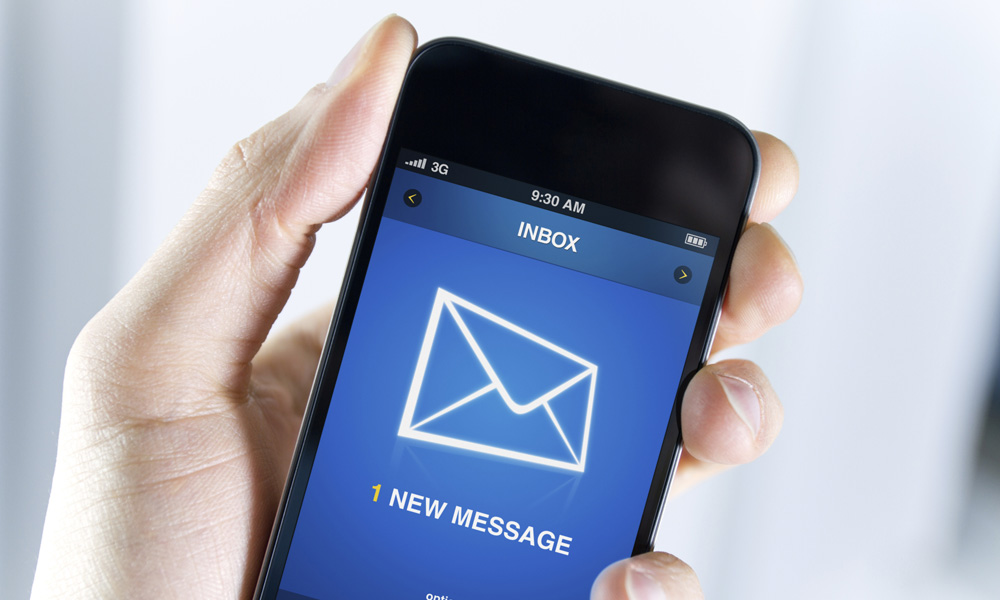
Corporate Email Nastygram: Microsoft, Google Out of Sync
In a move that hurts Microsoft, Google announced it would be dropping support of the Exchange ActiveSync platform for Gmail users. Microsoft's suggestion? Quit Gmail and use our email service.
Usually, when Google announces a “spring cleaning” of its products, it’s typically sunsetting services that aren’t getting wide use.
But last week, Google took a shot at a fundamental part of what makes mobile work—email—and it may have disrupted a key business for Microsoft in the process.
It means that many people currently using Gmail for free are facing a situation where they might have to degrade their mobile email experience.
More details:
The change: In a somewhat unexpected move, Google announced that it would be dropping its Google Sync service (based on Microsoft’s Exchange ActiveSync) for free users, claiming that they have replicated the functionality through other means. “Google now offers similar access via IMAP, CalDAV, and CardDAV, making it possible to build a seamless sync experience using open protocols,” it explained. The change would affect new users after January 30, 2013—users of older devices, along with those using Google Apps to drive their devices, would still be able to use the protocol.
The hurt feelings: Microsoft, which created the EAS protocol, is feeling the pain in multiple ways. First of all, the news comes as the company is attempting to build a stronghold in mobile with its Windows 8 and Surface platforms, which don’t support CalDAV and CardDAV. On top of this, it just lost one of the protocol’s biggest users—individual Gmail users. In a blog post, the company’s Dharmesh M. Mehta was defiant: “It means that many people currently using Gmail for free are facing a situation where they might have to degrade their mobile email experience by downgrading to an older protocol that doesn’t sync your calendar or contacts, doesn’t give you direct push of new email messages and doesn’t have all the benefits of Exchange ActiveSync,” he says. The company recommends switching from Gmail to its recently launched competitor, Outlook.com.
Could this hurt BYOD? One analyst, Byte editorial director Larry Seltzer, suggests that it might, though Google hasn’t fully retreated. “EAS is there in Google Apps because Google had no chance at selling the service to any enterprises without it. But by now, the overwhelming load of EAS use from Google must be from iPhone and iPad users. Google is cutting all of these users loose unless they are paying Google for the not-free enterprise version of their services,” he explains in a post on the matter.
While Google’s changes likely won’t directly affect Google Apps users, the company, which has a major stronghold on mobile, could hurt one of Microsoft’s biggest power bases with this move.
Is the Exchange ActiveSync protocol going anywhere? Does Google’s decision affect the way your teams will work at all? Let us know in the comments.
(iStockphoto/Thinkstock)






Comments